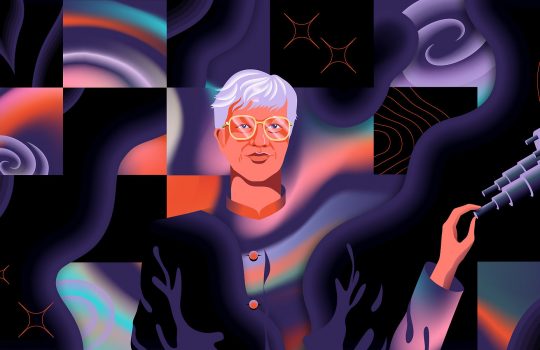Fermilab honored with ecological restoration award
From Kane County Chronicle, Dec. 16, 2019: The Commission on Excellence in Ecological Restoration has recognized Fermilab with a Chicago Wilderness Excellence in Ecological Restoration Award. The commission was impressed with the lab’s knowledgeable staff, their work and its dedication to helping protect, restore and maintain one of Chicago Wilderness’s significant natural areas.



